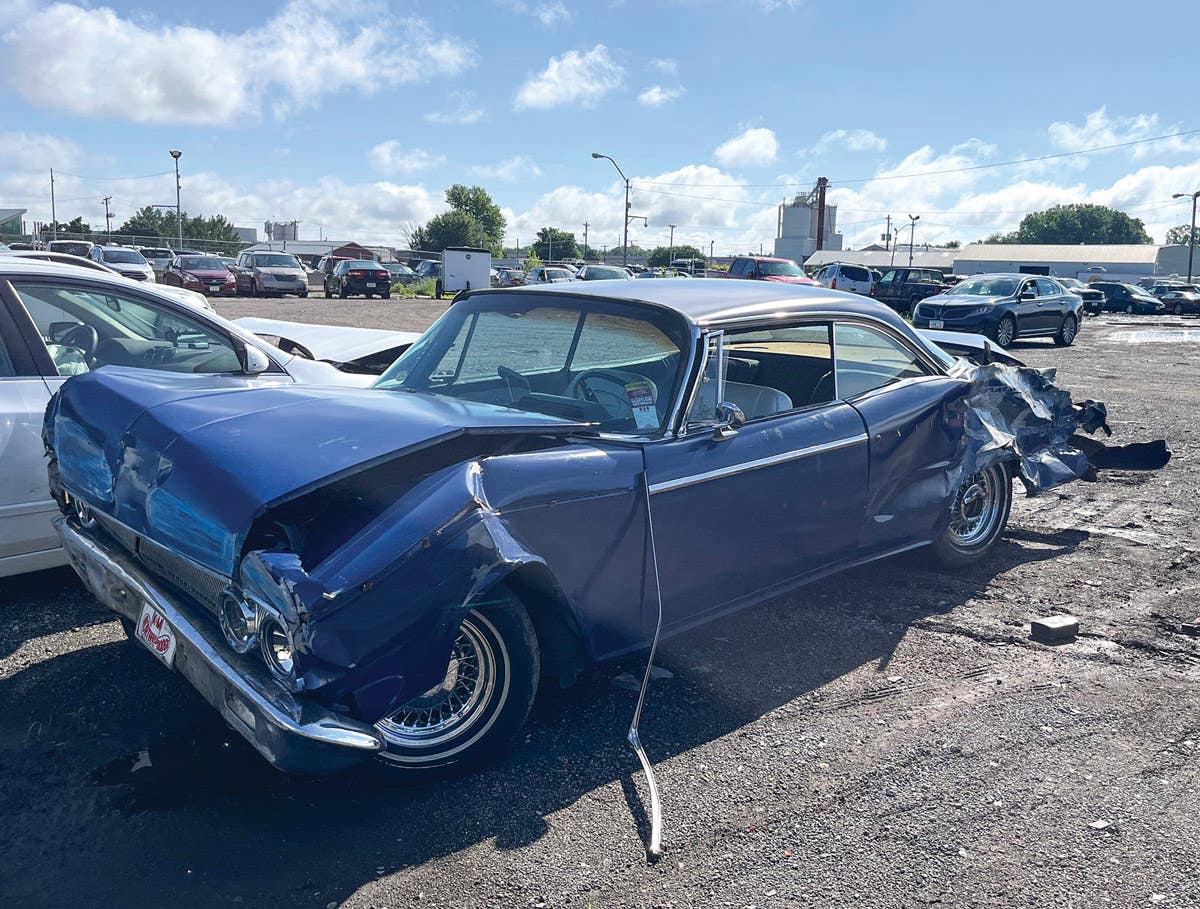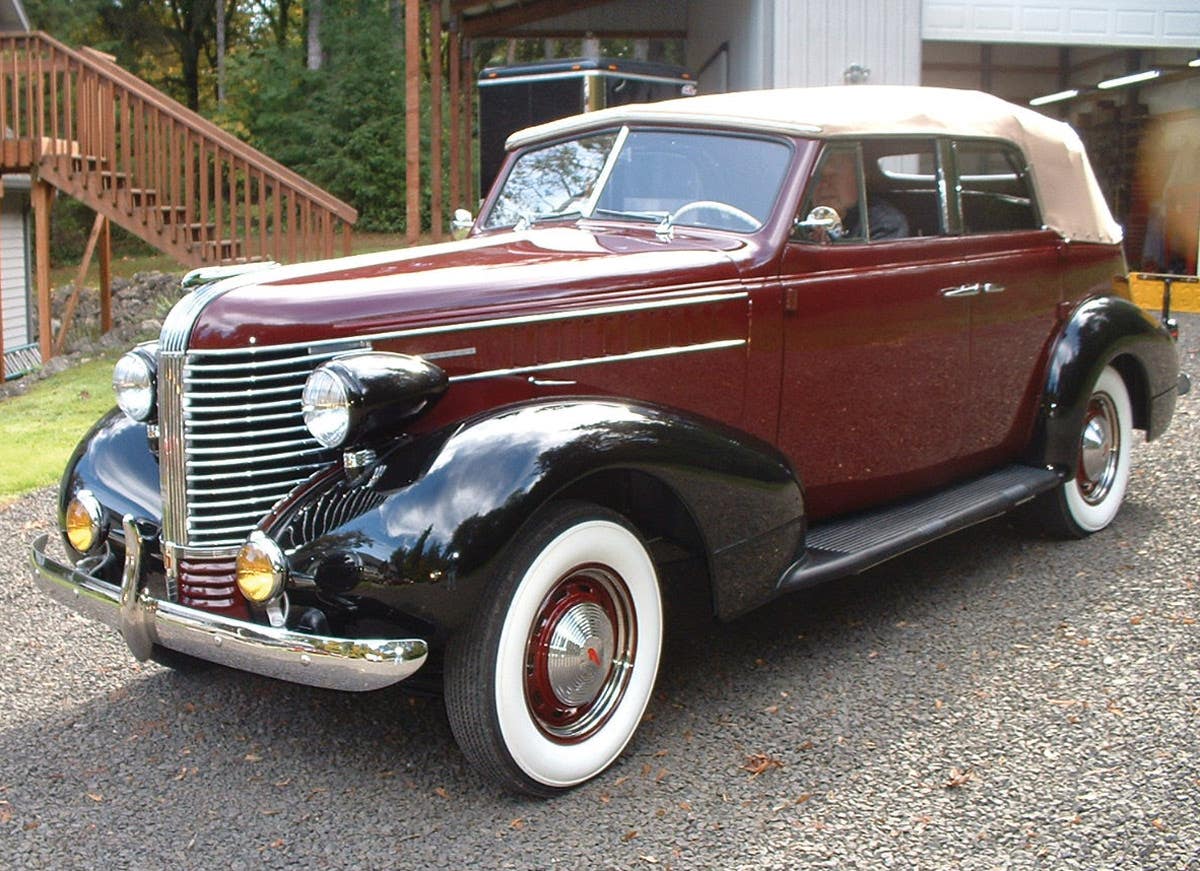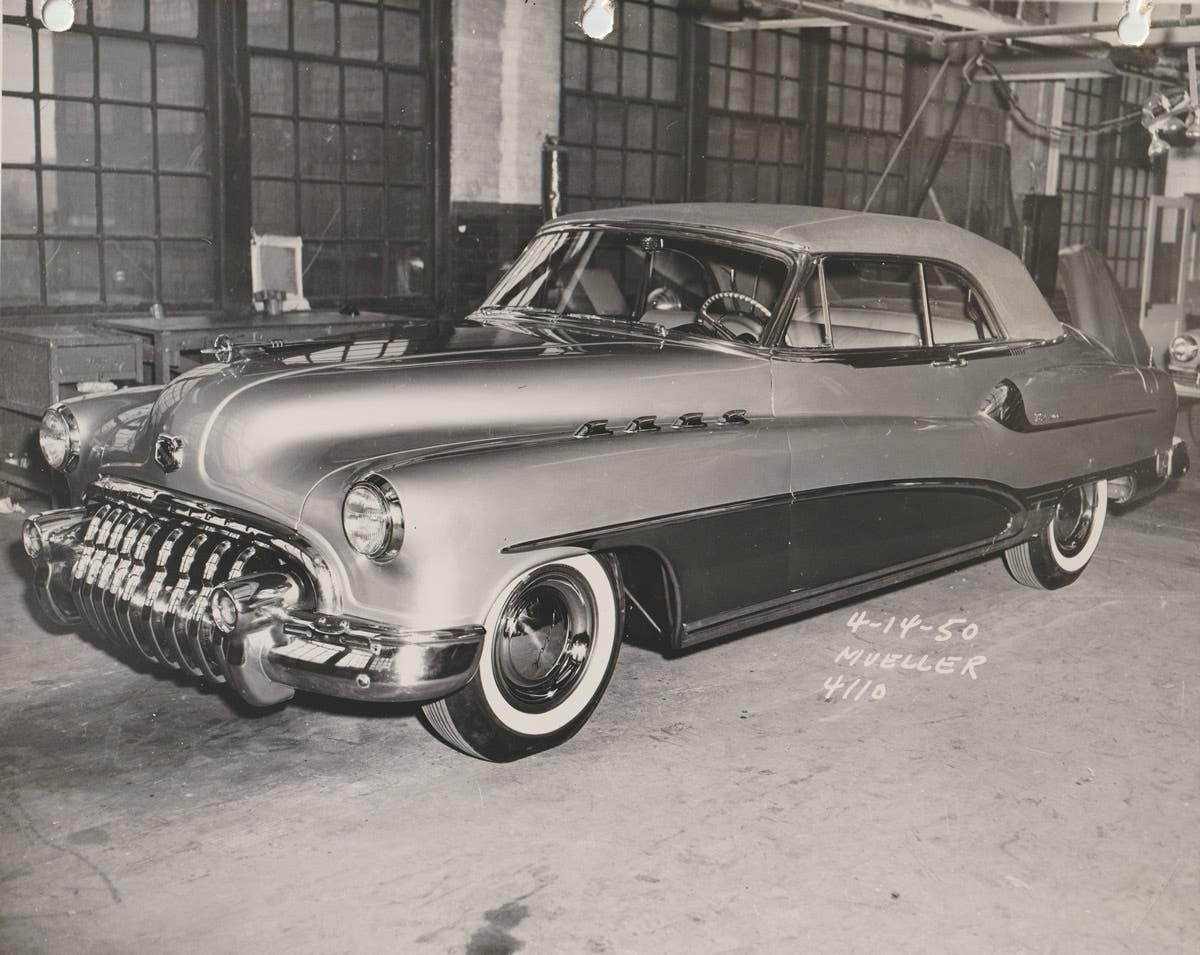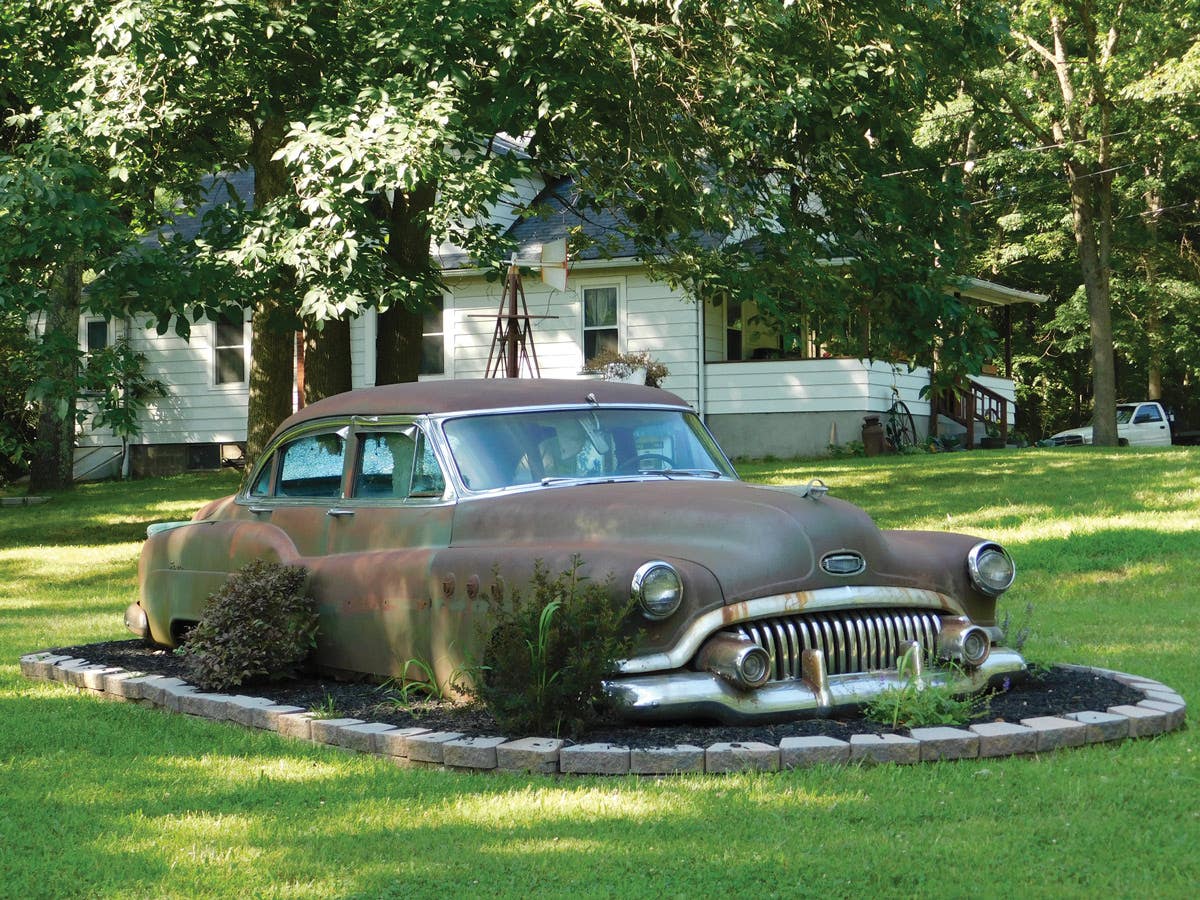Car of the Week: 1930 Oldsmobile coupe
Milo Harpstead jokes that one of the reasons he was attracted to his 1930 Oldsmobile many years ago was because it was born the same year he was.
Story and photos by Brian Earnest
Milo Harpstead jokes that one of the reasons he was attracted to his 1930 Oldsmobile many years ago was because it was born the same year he was.
Fortunately for the affable and energetic Harpstead and his lovely Olds, both appear to have many happy miles ahead.
“I’m a real active person and I don’t have the time to give all my equipment the exercise it needs. But I have always driven it regularly,” says Harpstead, a retired college professor of soil science from Stevens Point, Wis. “I feel so fortunate that I have good health and I don’t have any aches or pains [laughs]. I don’t get [to shows] as much as I should. I’ve gotten too lazy, is the problem, but I do try to get it out every year and I still go to some parades.”
Harpstead stores the Olds coupe in a barn along with some other cars and vintage tractors on his hobby farm in central Wisconsin. That the Olds lives in an old barn with lots of character — and plenty of ventilation between the timbers — is fitting since that’s the kind of structure it was living in when Harpstead found it. He already owned a 1924 Buick convertible — which he also still has — and wasn’t looking to buy another old car at the time, but Harpstead couldn’t pass up a good deal.
“In 1963 Ruth and I were married and she was from a farm in Iowa. I had no intention of getting a car but while we were there her brother told me about this ’30 Oldsmobile that was for sale at a neighbor’s place out along the road,” he recalled. “So one evening we went over to look at it and the guy assured us it would start. We shooed the chickens off of it and he started the thing up. He wanted $250 for it and I said that would be OK.
“The car was there for quite a while and I didn’t have the best trailer for it and I took a lot of parts off of it and hauled those separately. I wound up hauling the car with the running gear and the cab up here to Wisconsin, to Park Ridge where we were living.”
Any plans to get the Olds back on the road had to wait when Harpstead went overseas to Africa to teach for two years. It was finally around 1970 after he returned to Wisconsin that he got serious about getting the ’30 in driving condition again. “The running gear was OK but the engine had to be rebuilt. I had it re-bored and they put in rings and that sort of thing, so it was running well. But the transmission was not a very good one, so I found another car like it near Medford [Wis.] for a parts car. The transmission in that car was a good one, so I took that one and put it in … And I’ve been basically using it ever since. Since it came from Ruth’s home area she kind of liked the car and drove the car in some of the parades we’ve been in. Then the Iola Car Show got going in the early 70s and we started display it there, along with the ’24 Buick. We’d always have one of the other, or both.
Harpstead eventually had the interior restored at a local upholstery shop. The paint and body was updated by Bob Stull at Kuzin’s Kustom Body & Paint in tiny nearby Polonia, Wis. “He painted it in Polonia around 1990, somewhere around there,” Harpstead recalls. “He did a fine job. He’s an outstanding painter. Originally it was just tan, then I painted it blue with back trim and fenders. I did that myself and it was so-so. I’m not really a great painter. Then I had it painted this gray and black combination, which I like very much. I don’t’ really know what the original color was. When I got it, it was tan.”
Harpstead isn’t sure what kind of life the Olds had before he adopted it in 1963. He figures it was a typical farm car until somebody eventually decided it was too primitive to use as regular transportation anymore and parked it. “It was used on the farm and I think it had probably been on that same farm or a neighboring farm the whole time,” he says. “Back in those days the farmers would haul cream in big cans. You could see it had rings from heavy cream cans on the door sill plate. You can tell they used it to haul cream to the creamery [laughs].”
Sticking with Six
Oldsmobile was in its 33rd year in business when it rolled out its 1930 models. In 1924, the company had made the decision to stick with six-cylinder models after building both four- and eight-cylinder lines in the past. This trend lasted until 1932, when the straight-eight Series L was added to the lineup.
The 1930 models used a 197.5-cubic inch six-cylinder L-head engine that produced 62 hp and used a conventional three-speed manual transmission. It was a traditional long-handle on-the-floor setup ‘ "Syncro-mesh" shifting didn’t arrive until 1931.
The 30-F models, as they were called, included six models: two-door roadster; four-door touring; two-door coupe; two-door sport coupe; two-door sedan and four-door sedan. Mohair upholstery was used in most closed Oldsmobiles, while leather was found on open cars. Three versions of most 1930 Oldsmobiles were available. The Standard model was fitted with basic equipment. The Special models had side-mounted spare tires, front and rear bumpers and a folding trunk rack. The Deluxe package included side-mounted wire wheels, both bumpers, folding trunk rack and chrome plated headlight shells.
Harpstead’s two-door Olds was one of 5,008 three-passenger coupes built for the 1930 model year. It was one of 49,994 Oldsmobiles built for ’30 and carried a base price of $895, which was about $350 more than similarly configured four-cylinder Model A Fords that year.
“They were a cut above the Model A Fords and a cut above the Chevrolets, but the Buicks and Cadillacs of the era were above this car,” Harpstead notes. “And the Model A proved to be a more durable car, as we know. [This is] a nicer car, but on the other hand the Model A’s that had the bodies like this were about equal I guess. I think when you drive in this one it just feels like a little more substantial car.”
A family of four
These days, the ’30 Oldsmobile has to share a stable with Harpstead’s ’24 Buick, 1938 Chrysler sedan, a 1991 Chrysler Le Baron convertible, and a group of tractors. They all hang out in a breezy barn surrounded by other old tools, parts and farm antiques.
Harpstead never envisioned he’d be acquiring a 50-plus-year companion when he went to check out the venerable Olds back in ’63, but he’s never found a good reason to part ways with it, either. “I bought it because when I saw it I thought it was a neat-looking car. It was built he same year I was born, and it was an enclosed cab as opposed to the Buick convertible. That had appeal to me,” he says. “I’ve just enjoyed the way it goes down he road at 45 mph [laughs].
“I’m hoping my grandchildren have an interest in it and get used to driving a manual transmission so that some day they will have something to remember their grandpa by.”
______________________
Show us your wheels!
If you’ve got an old car you love, we want to hear about it. Email us at oldcars@aimmedia.com







